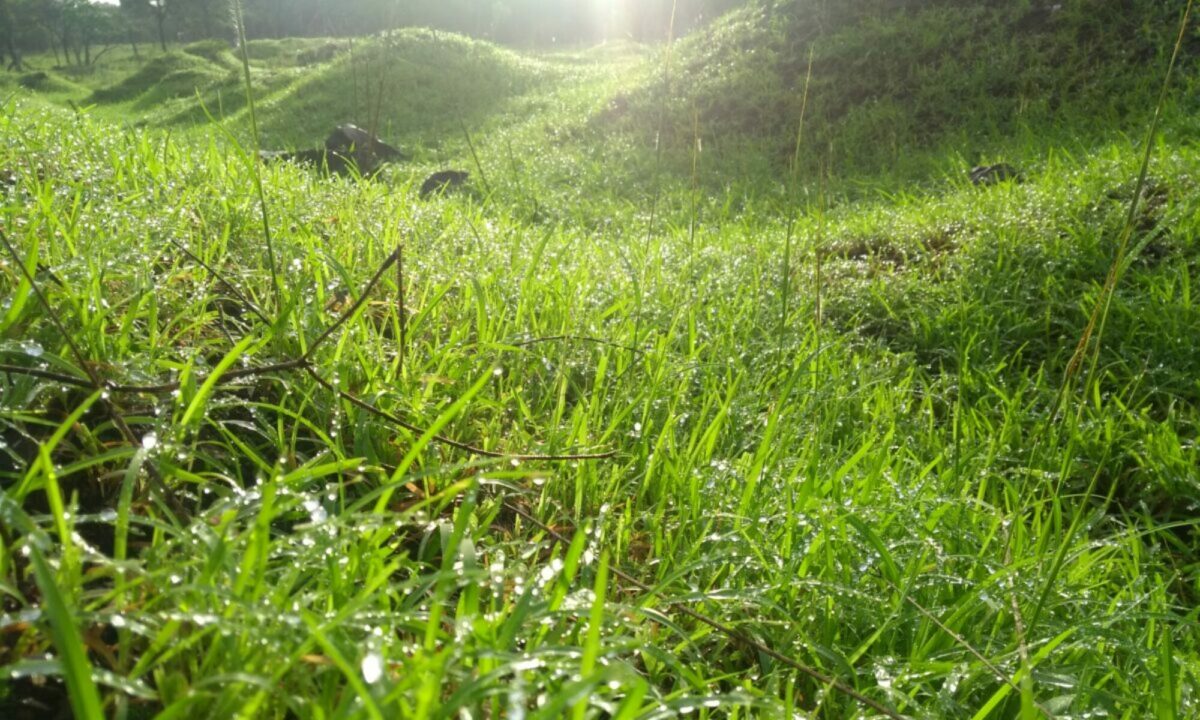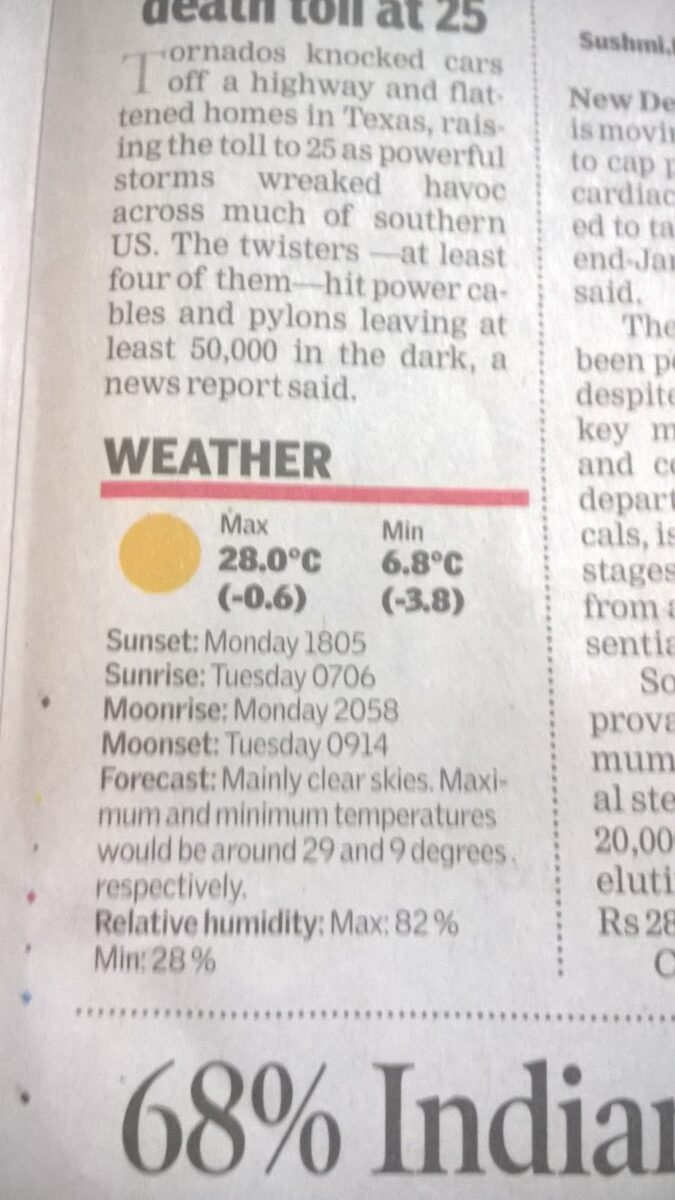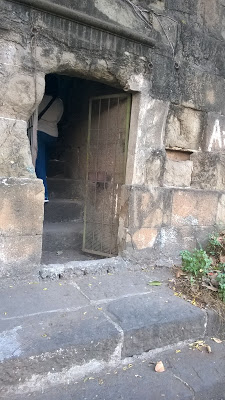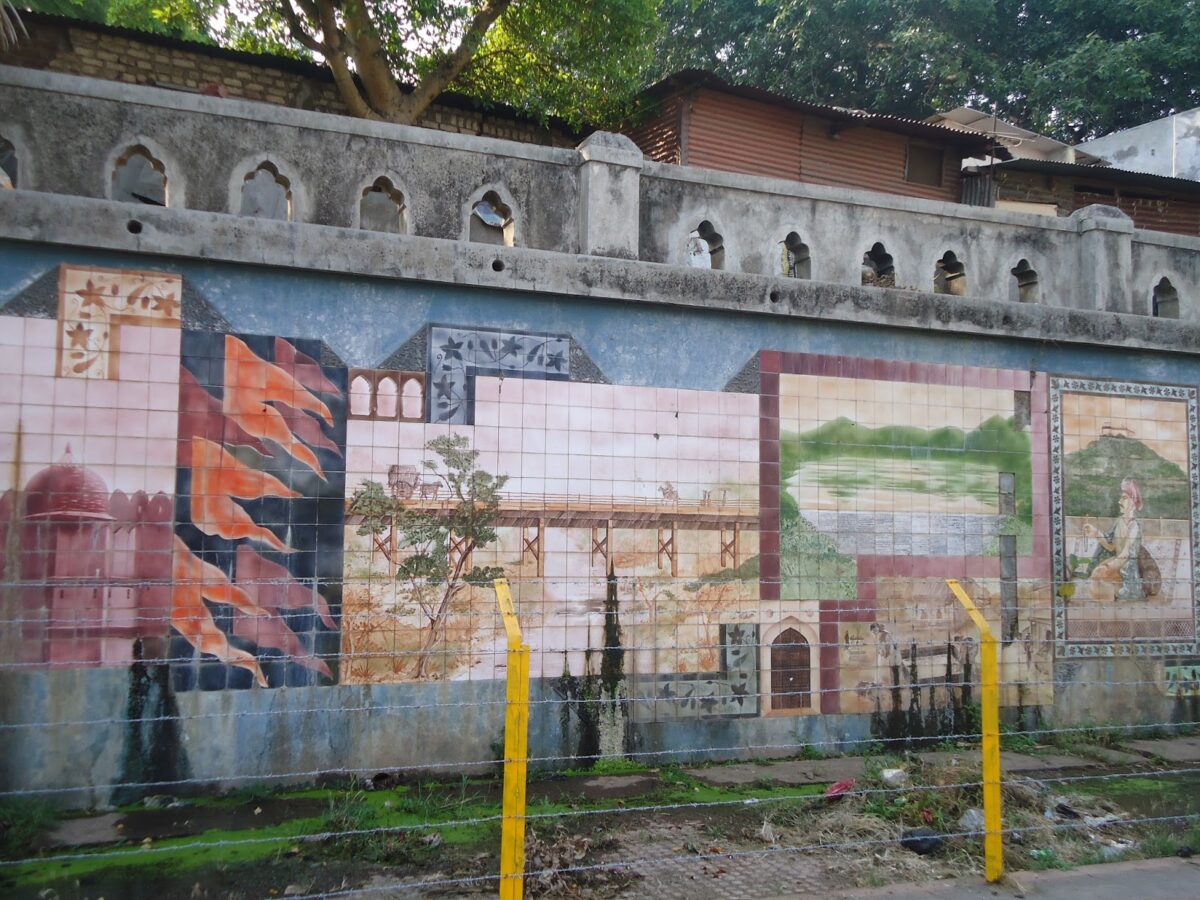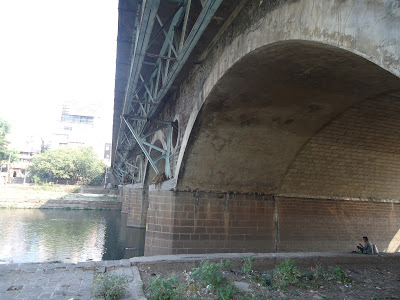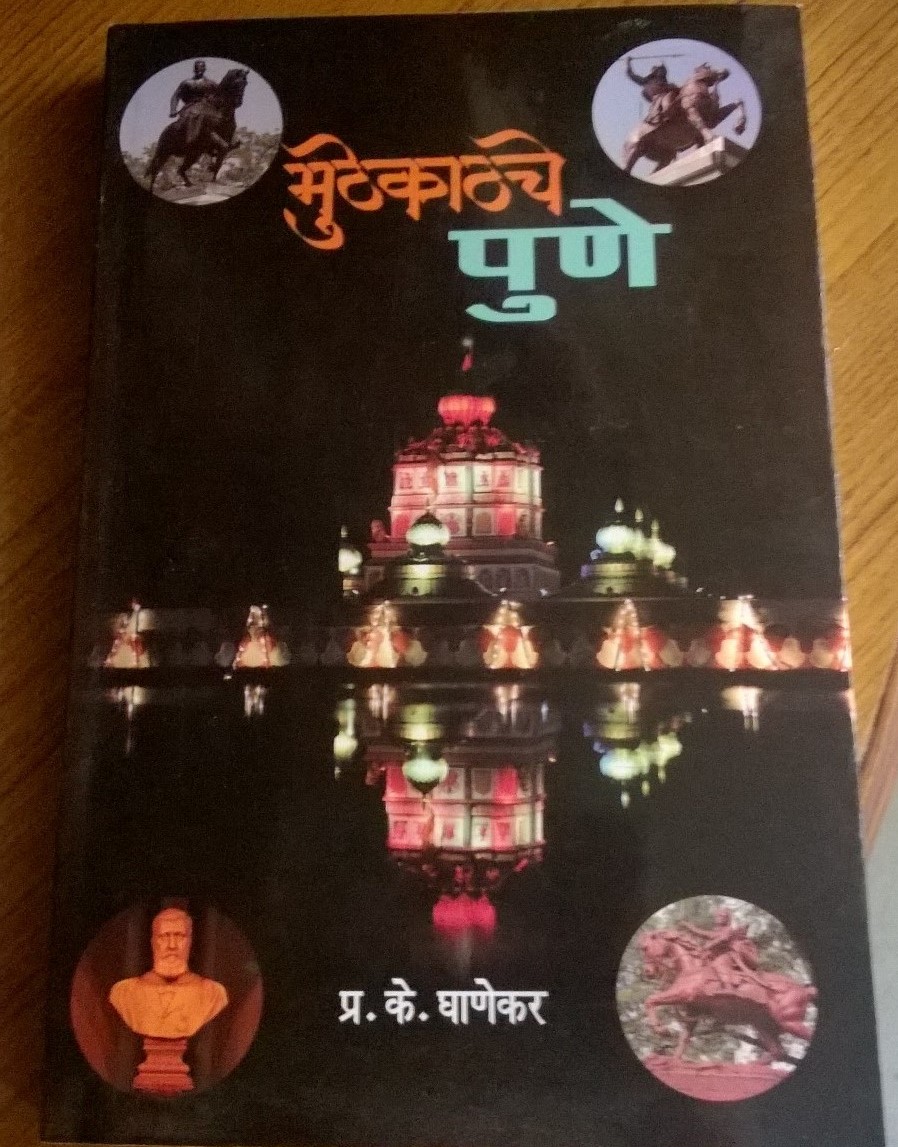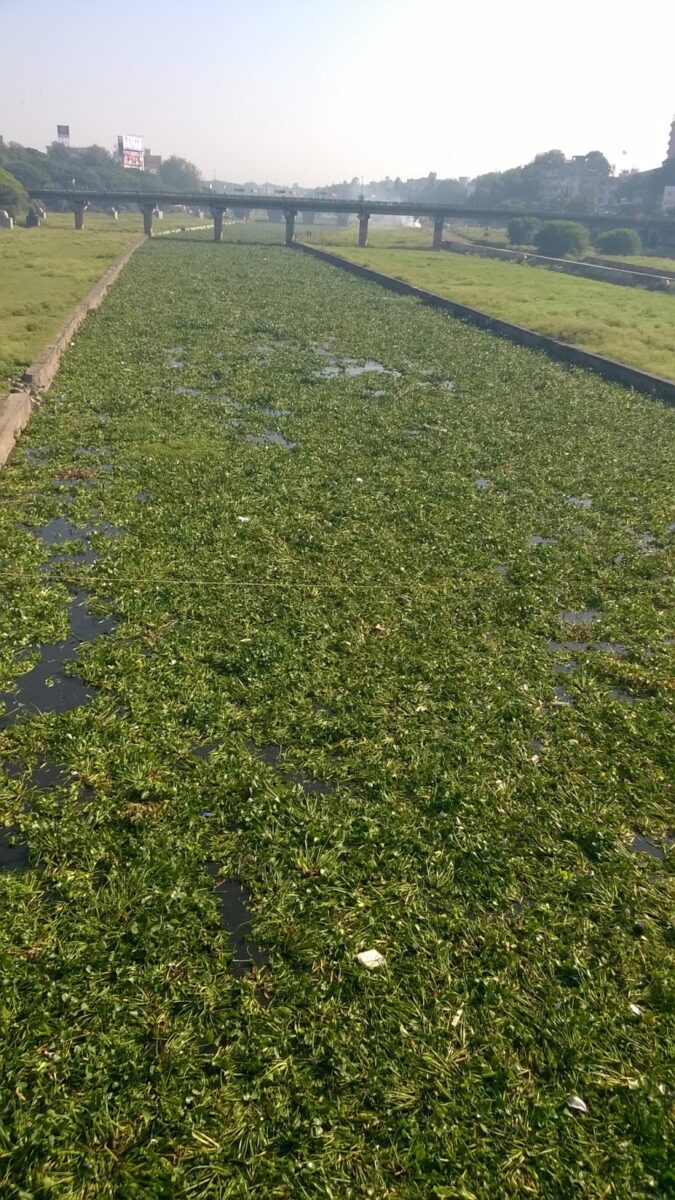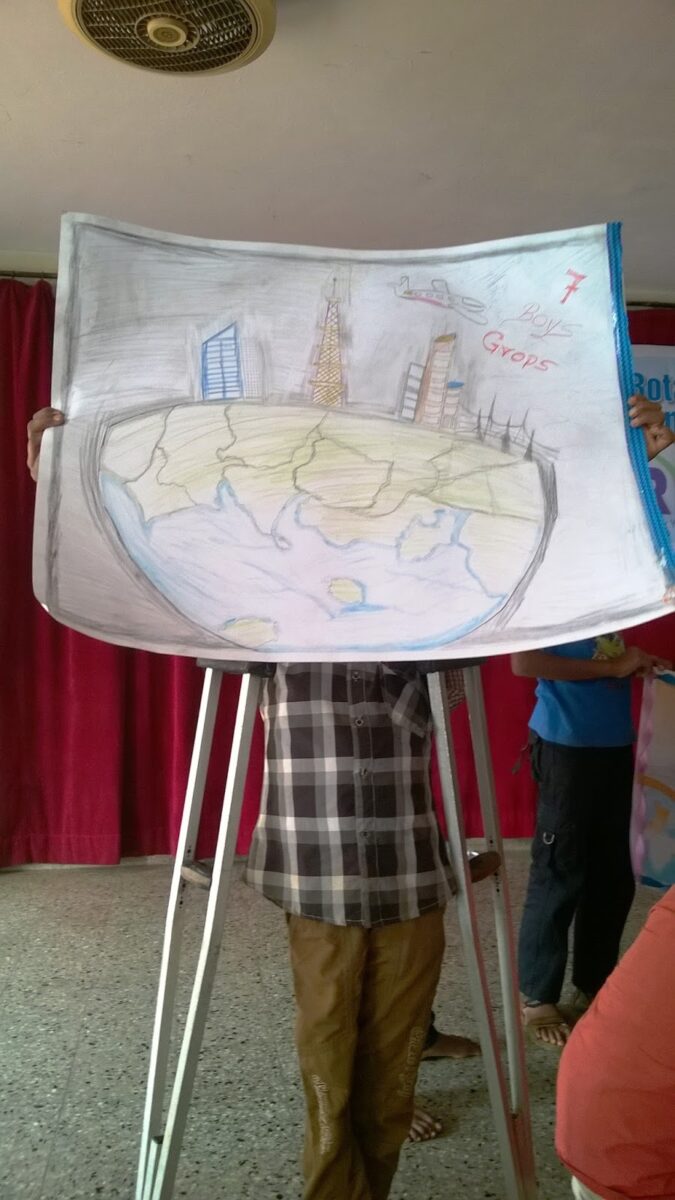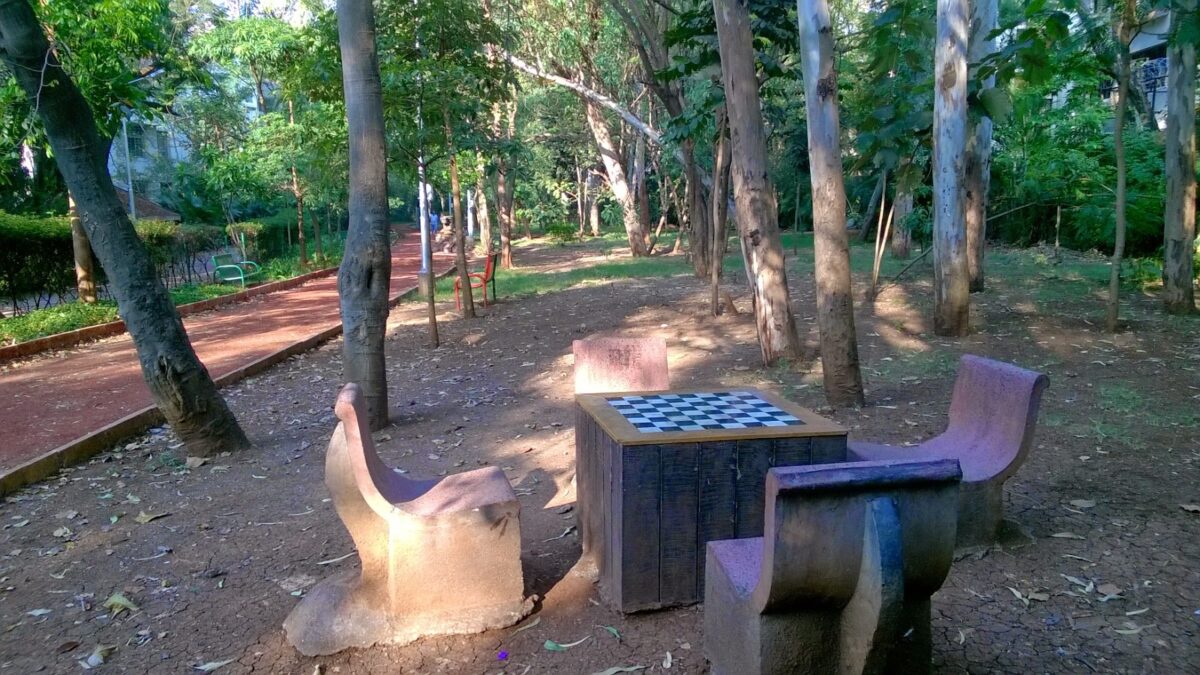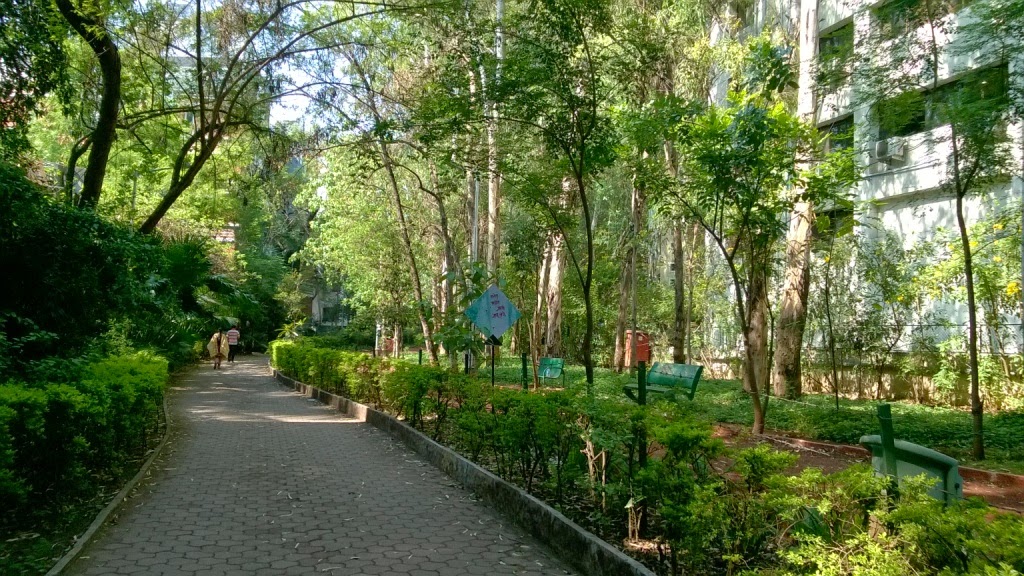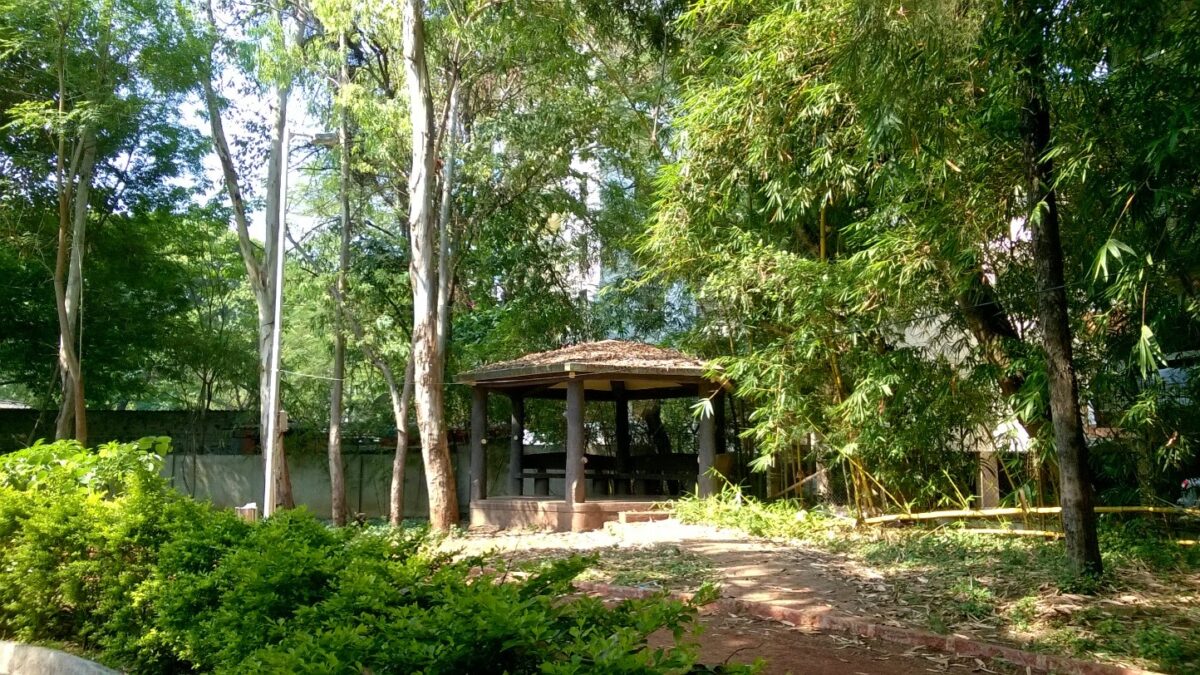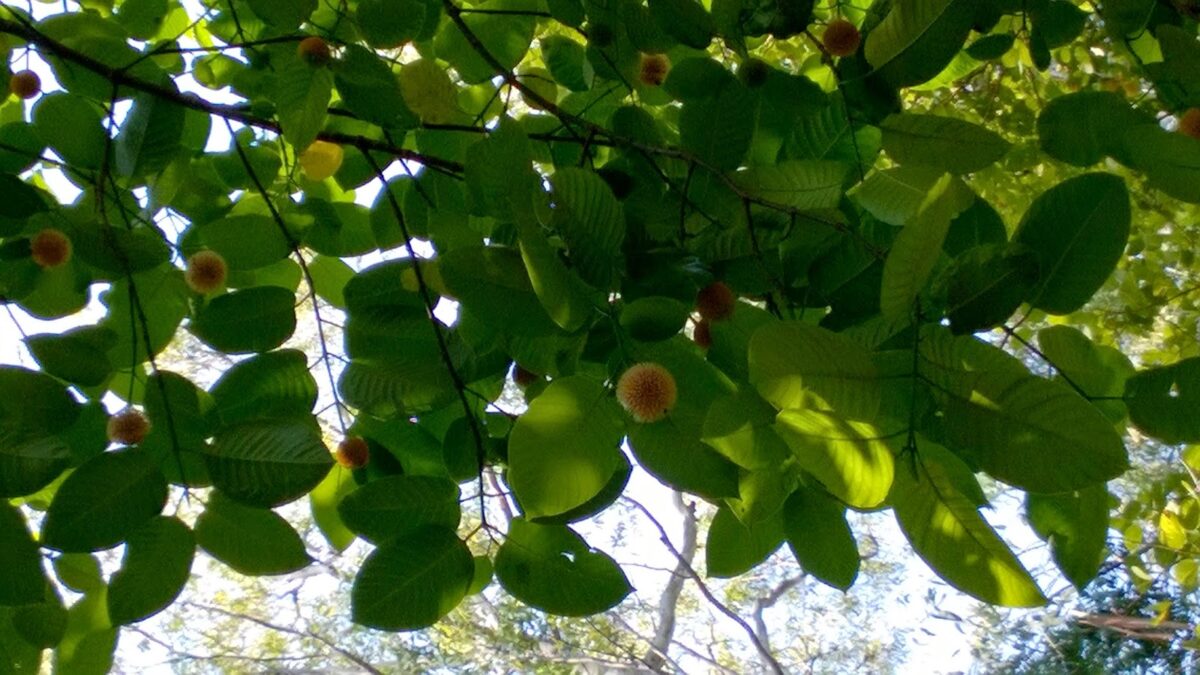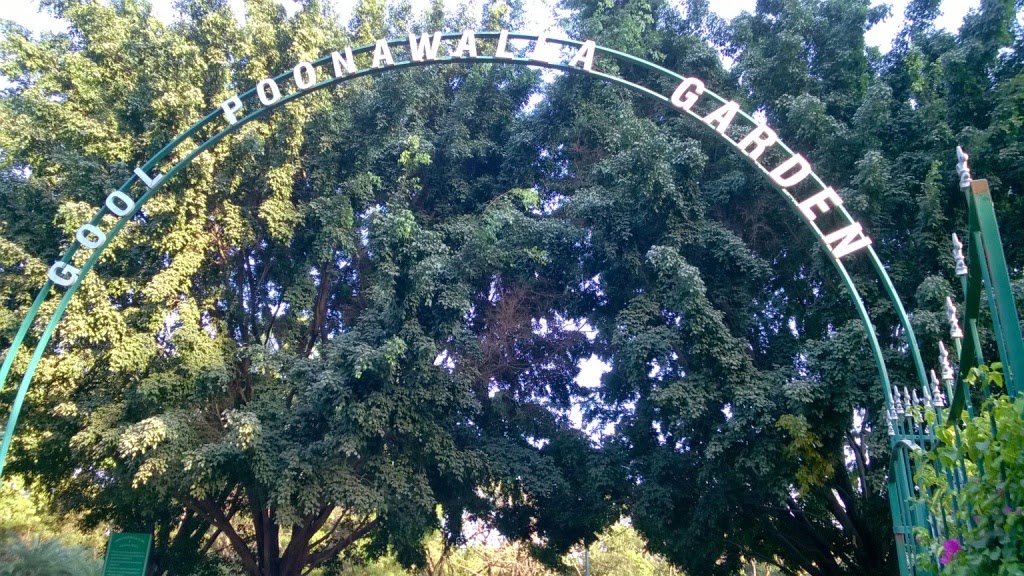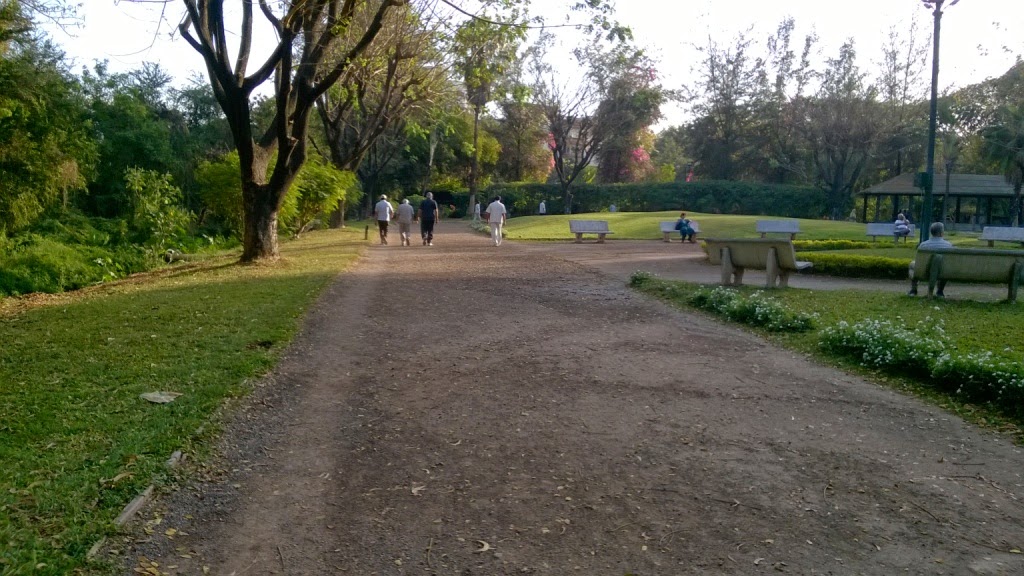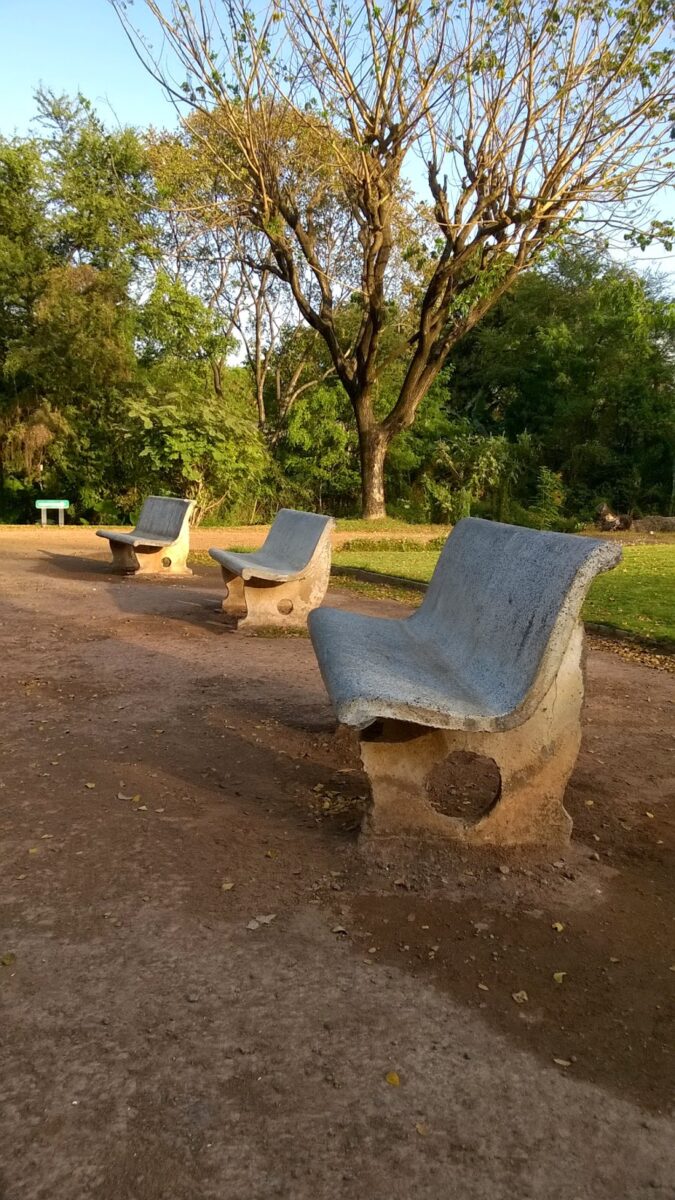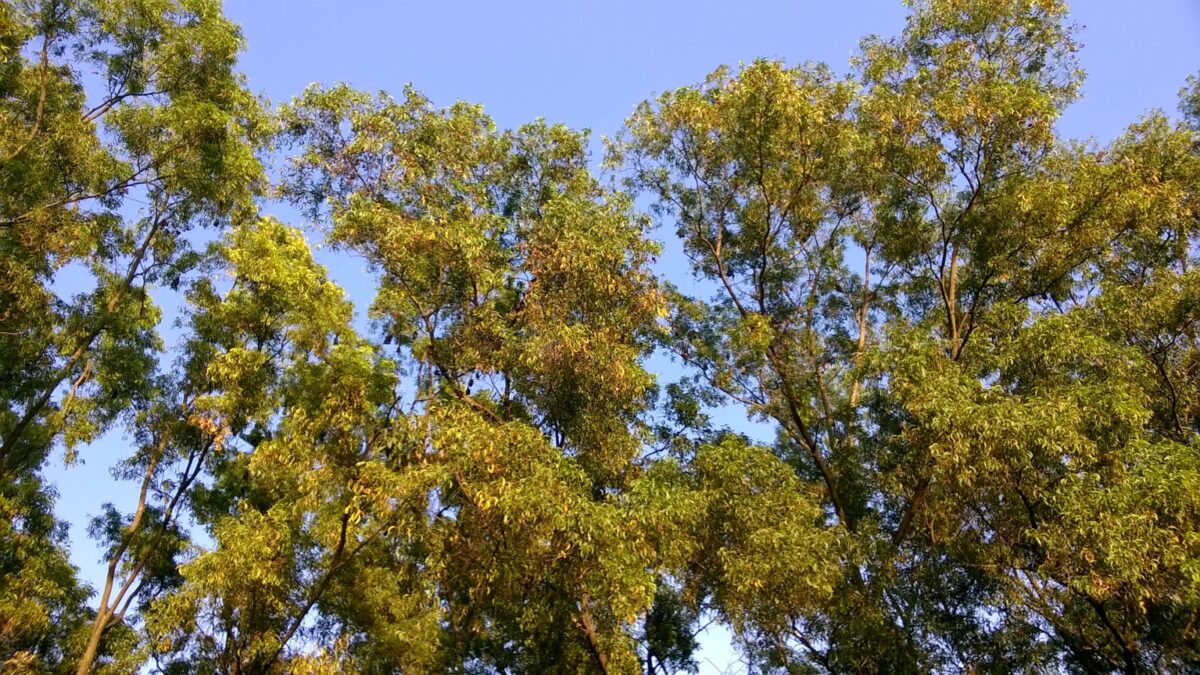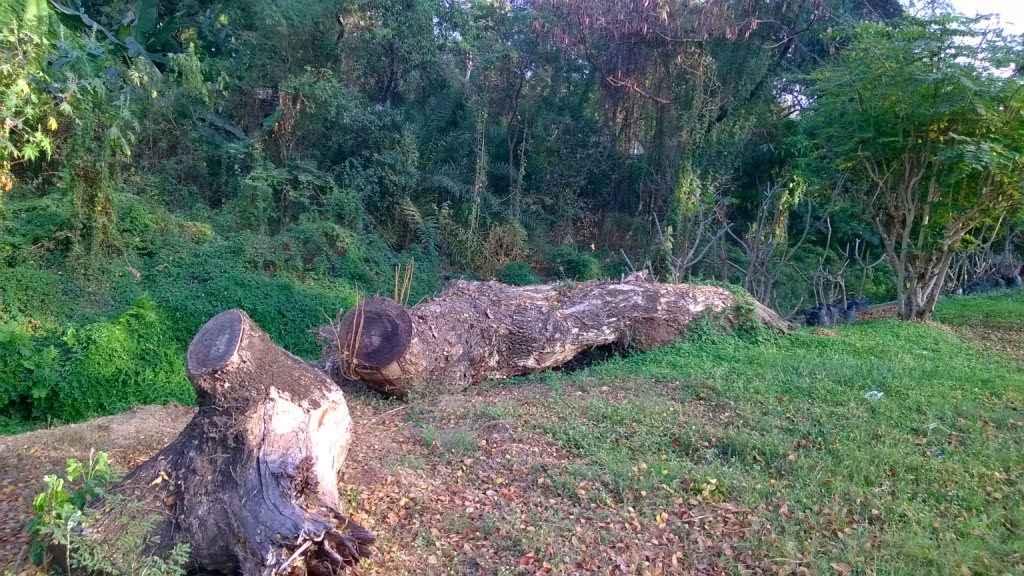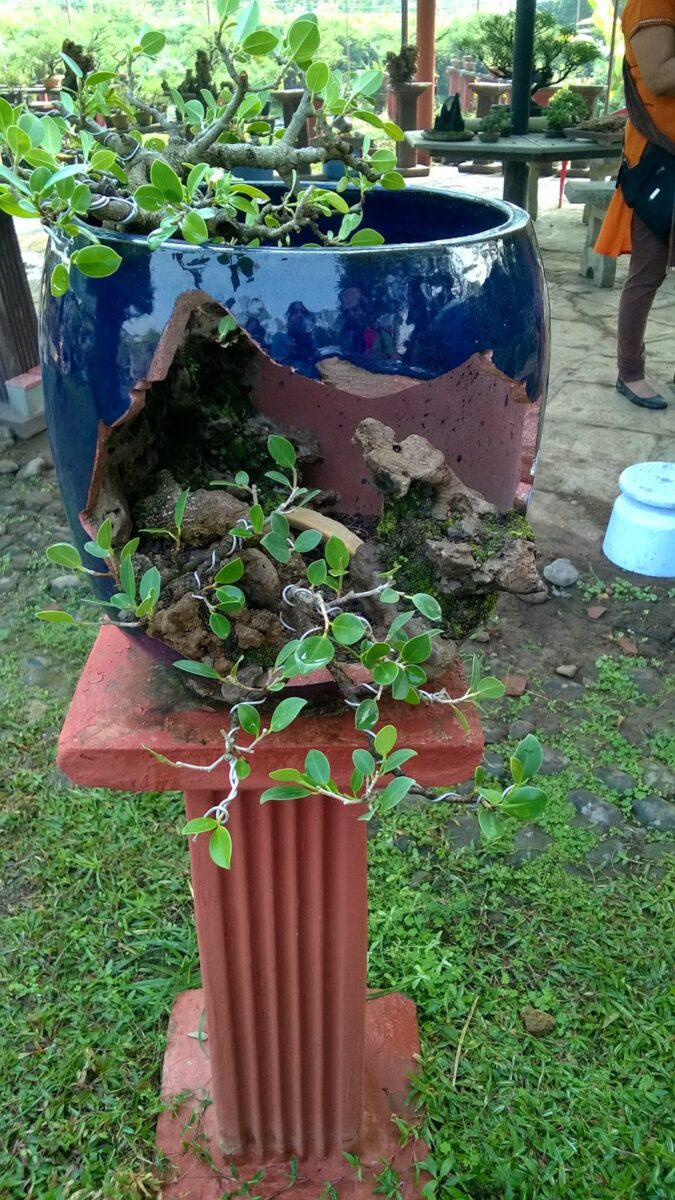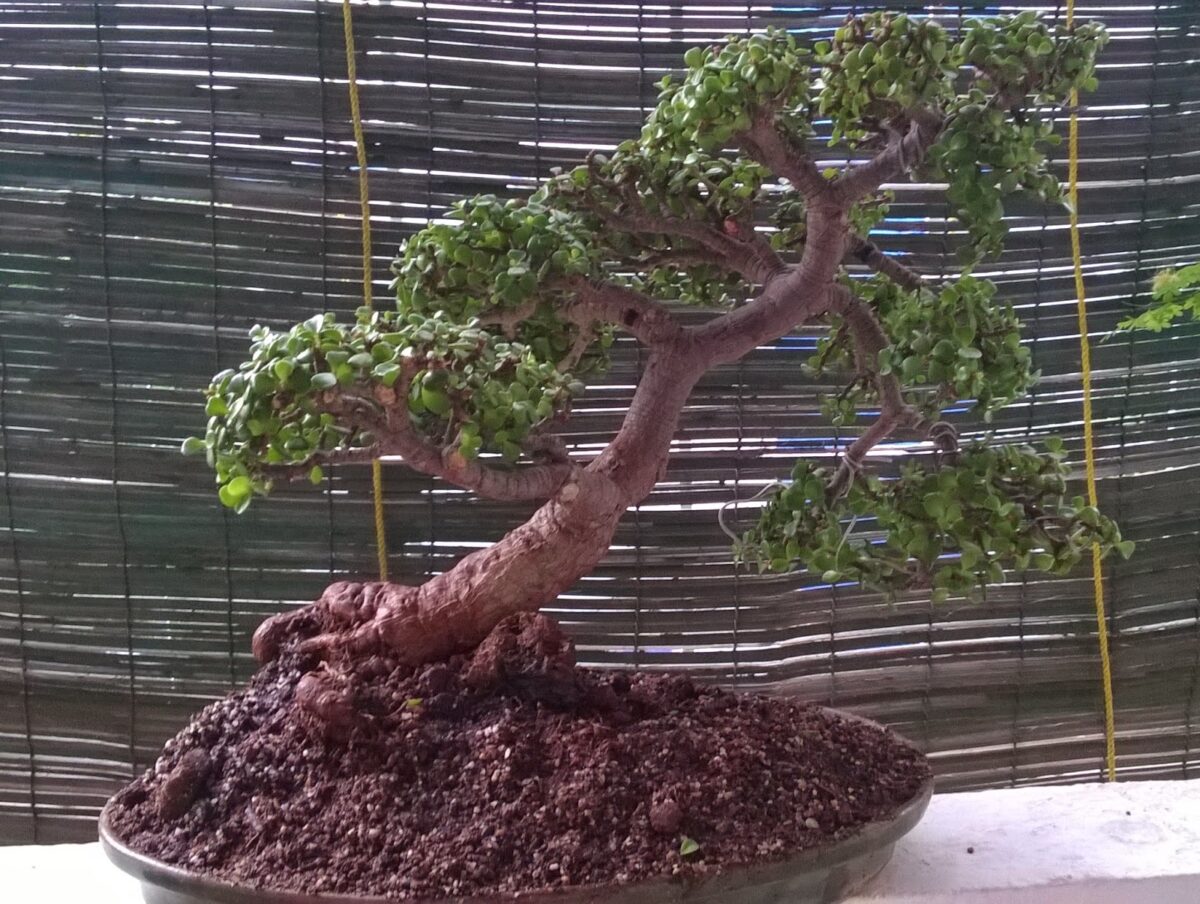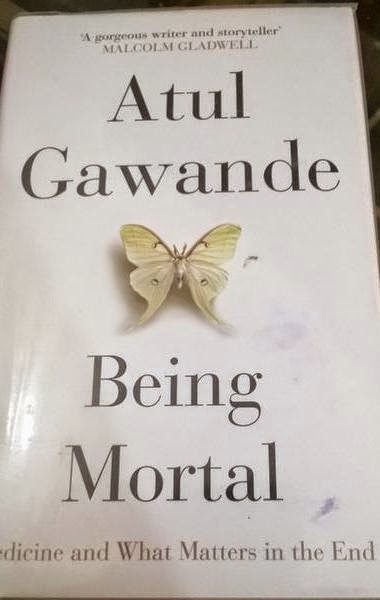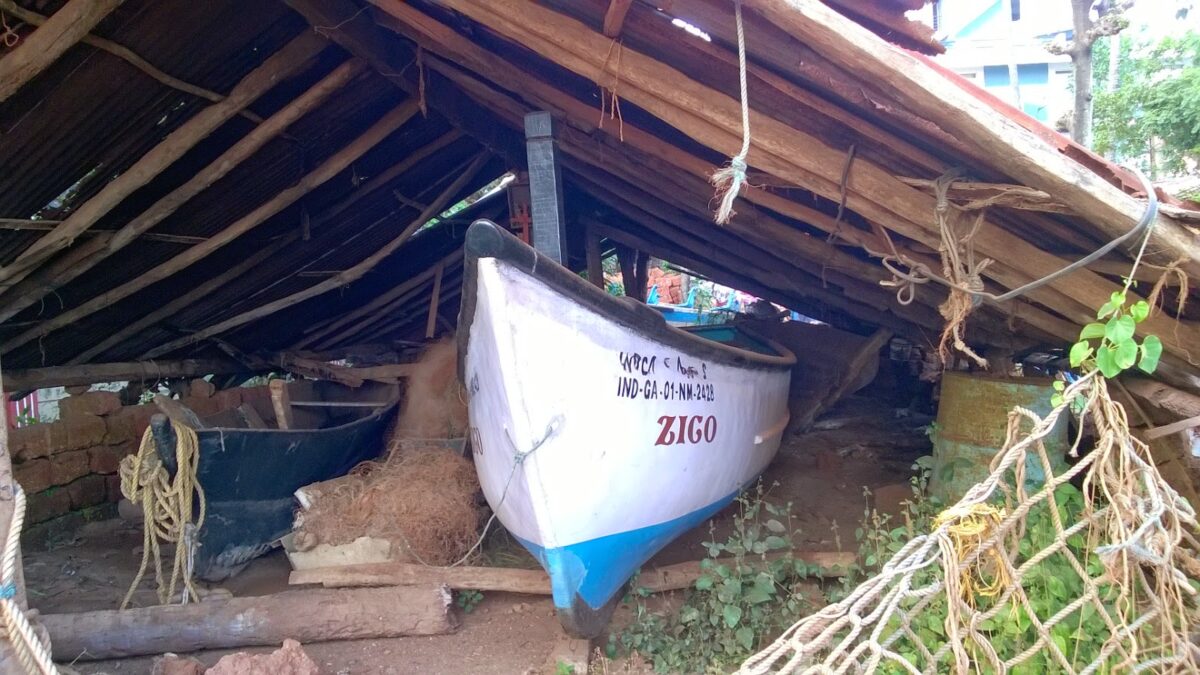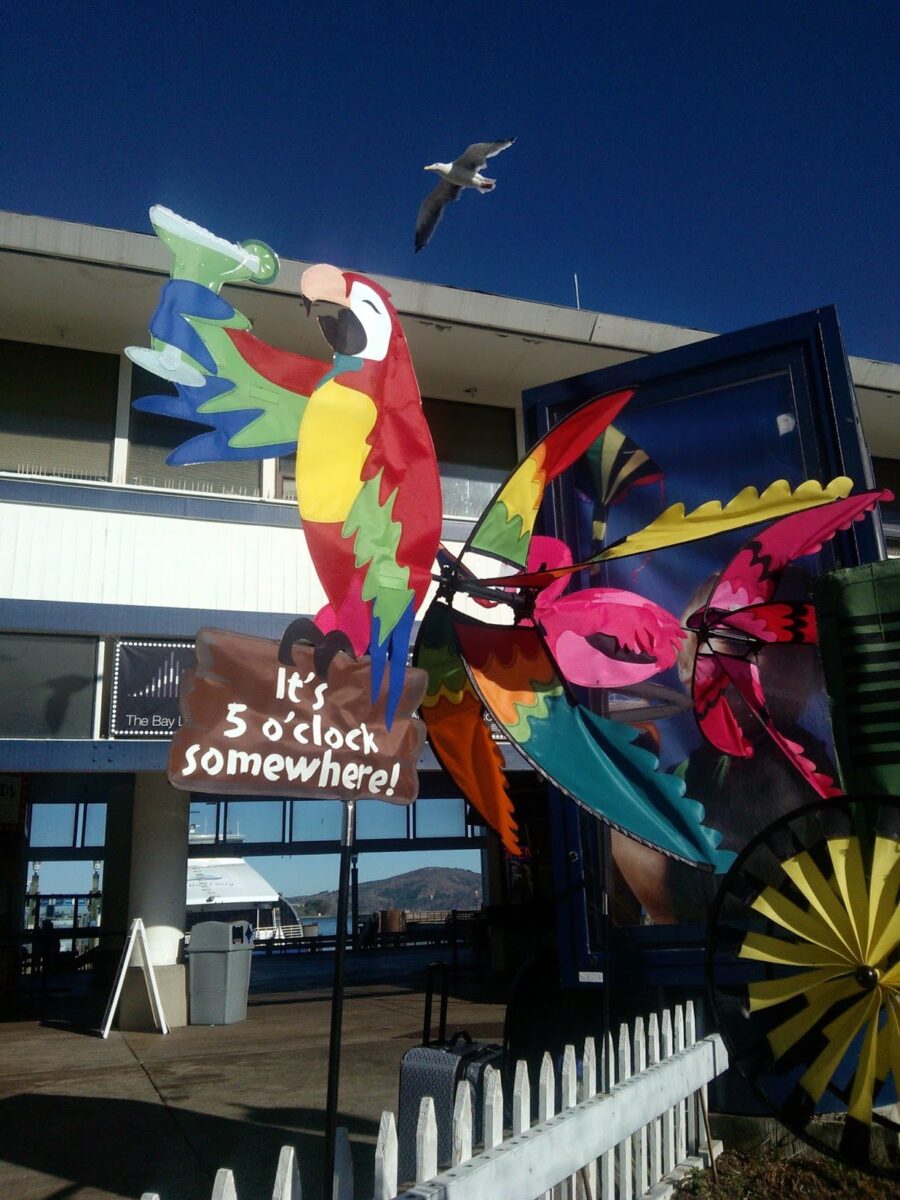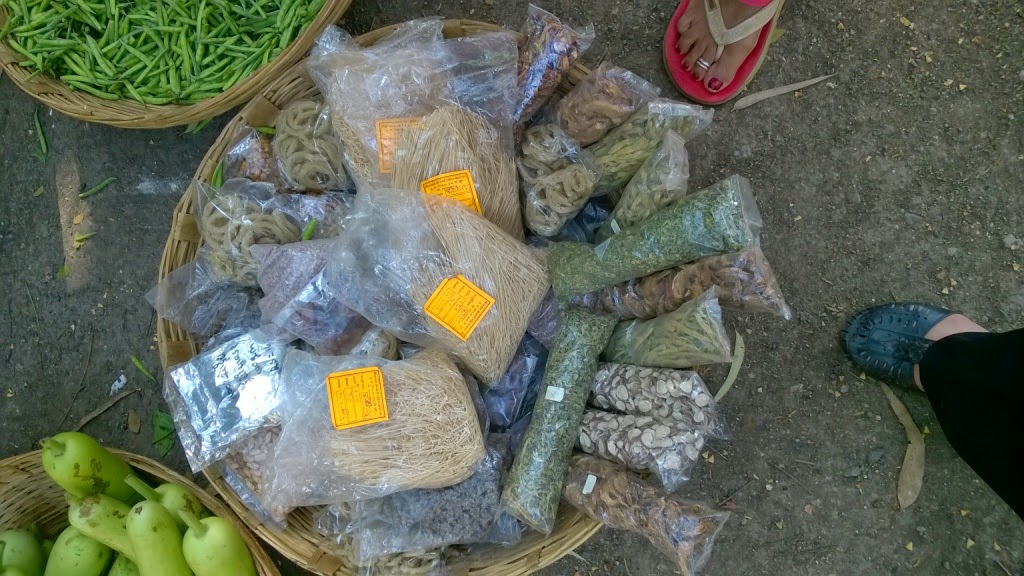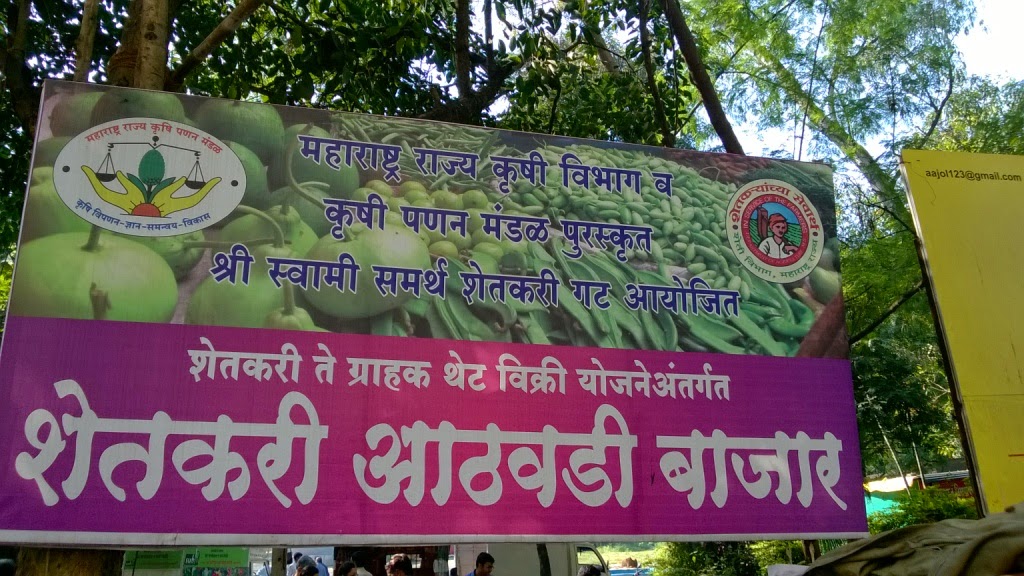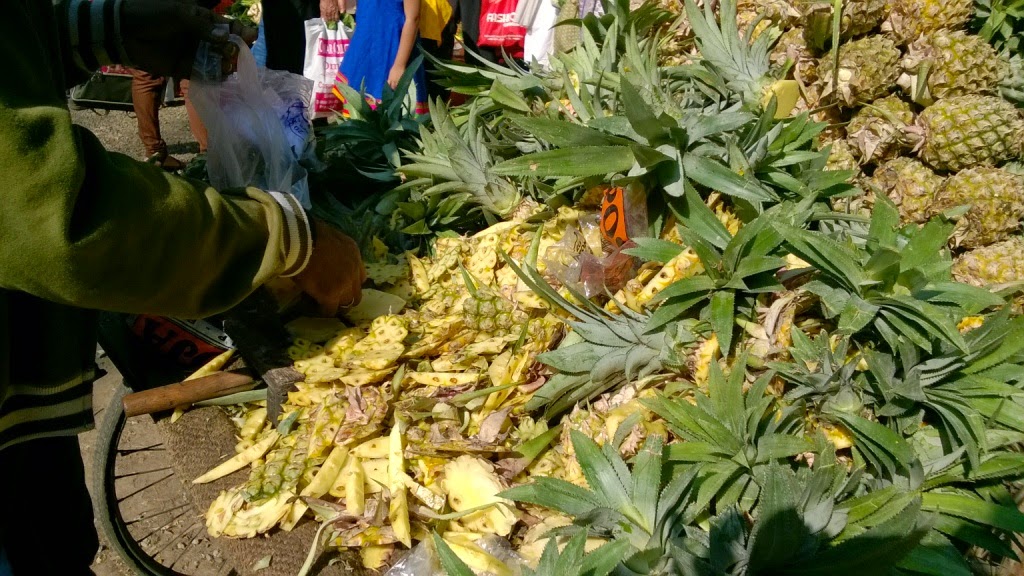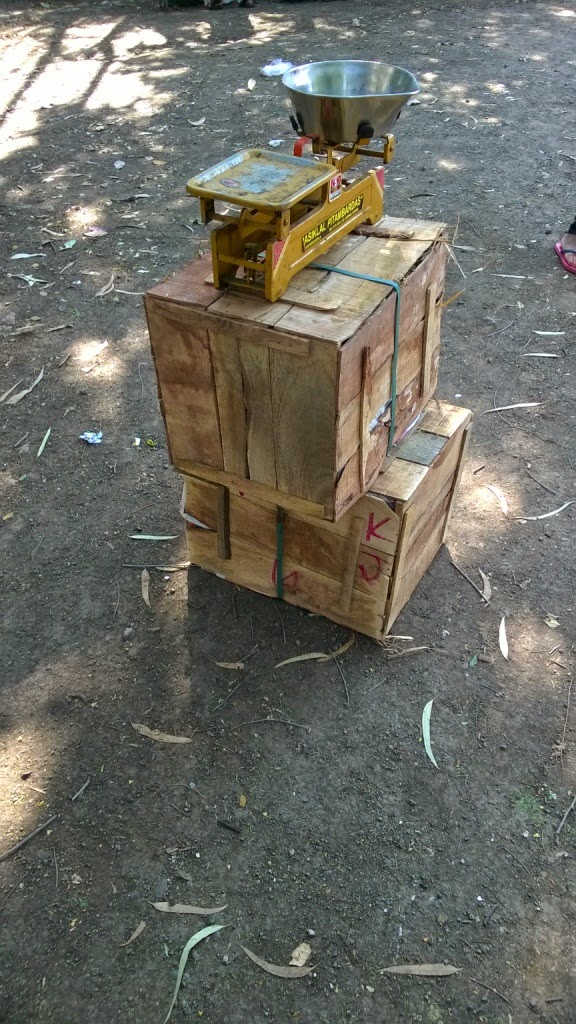Recently, I happened to read an e-version of a book called Unanswered by Capt Kunal Narayan Uniyal, which was sent to me by Novemberschild @romspeaks . The Publisher is Samaya Sakshaya
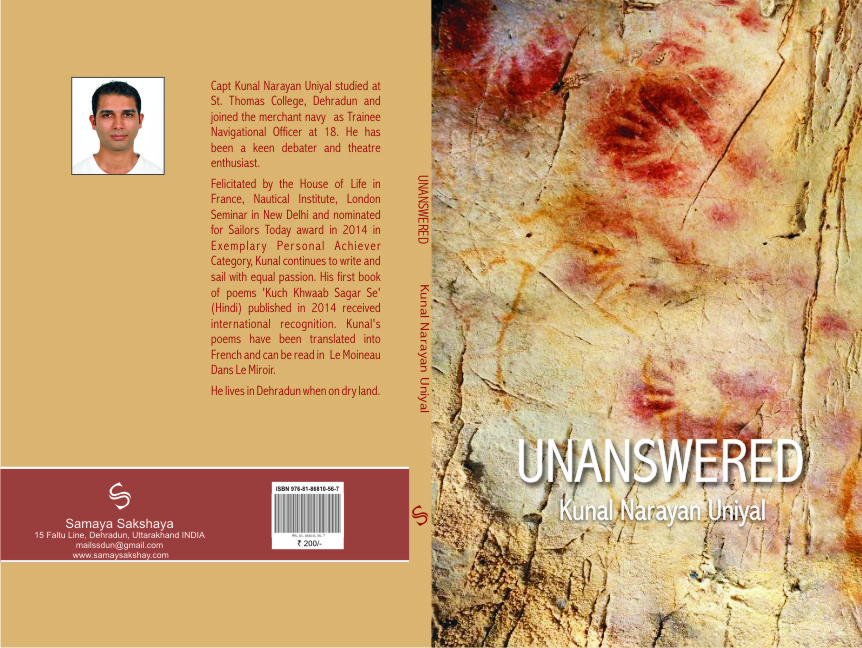
What sparked my interest was the name… Unanswered. Would it be a Mystery/Thriller/Romance?? Nothing had prepared me for what I eventually read… an intensely philosophical book. It is the author’s spiritual journey put forth in a combination of text and prose. It is the result of extensive introspection and reading of ancient texts. If you are looking for light reading, then this is not for you.
Capt Uniyal discusses various concepts like Immortality, Morality, Ego, Pain and Suffering, Death, Religion. He has also put forth his thoughts in the form of poems. An unusual and effective style that brings forth his thoughts and ideology as the author has mastery over both prose and poetry. The chapter the got me totally interested was the one dealing with What are prayers and Why do we pray? Yet another very interesting chapter is ‘The Chosen One’ where Capt Uniyal writes about people who have walked a different path. He concludes this segment with, “… Know that you are the chosen one; know that you are different; know that you can bring new hope and make a difference to mankind. You are an individual soul, climbing the stairs of evolution, faster and higher than your counterparts. Alone walks the chosen one, who dares to think. But he is surefooted and knows, without looking back, that someday the trail carved by him will be walked upon !…”
Whoa!!!
‘Unanswered’ is highly recommended for anyone who thinks beyond the mundane existence and is reluctant to read the accepted ‘texts’ for answers to questions that would obviously arise from the said thinking. This book will be the first stage that will prepare the thinker/reader for an in-depth journey into the search for peace, tranquility, truth and maya.
A word of advice, do not rush through the book, instead read it one chapter at a time. Think, introspect about what the author has to say and reread the chapter if required. Only then move on.
Stay Happy everyone
🙂
